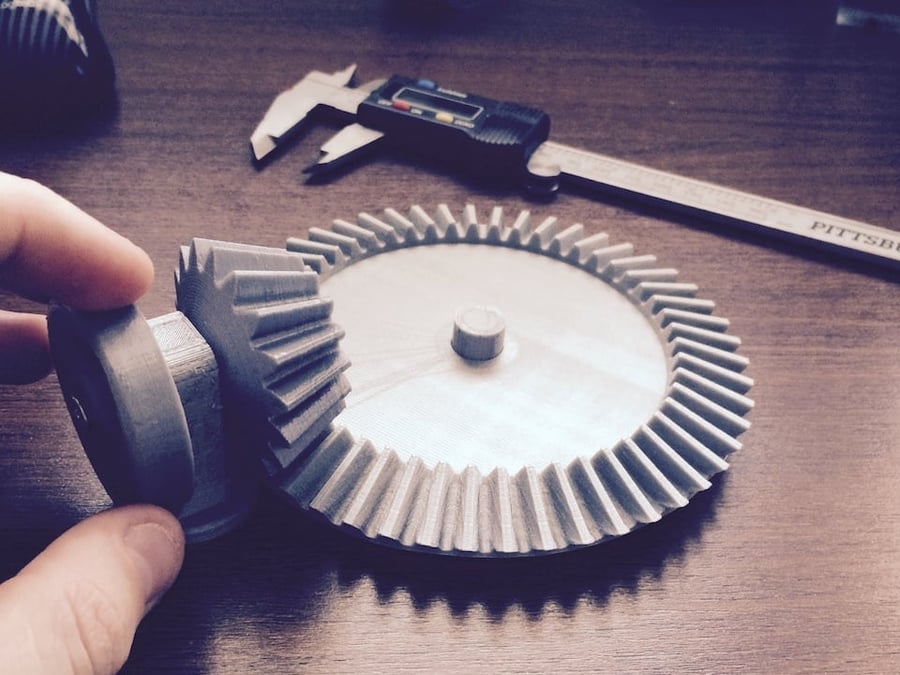

Fast Design and Productionĭepending on a part’s design and complexity, 3D printing can print objects within hours, which is much faster than moulded or machined parts.

This is particularly important in industries such as automotive and aerospace where light-weighting is an issue and can deliver greater fuel efficiency.Īlso, parts can be created from tailored materials to provide specific properties such as heat resistance, higher strength or water repellency. However, plastics offer advantages as they are lighter than their metal equivalents. The main 3D printing material used is plastic, although some metals can also be used for 3D printing. Edits to designs can be made at very low costs by editing individual files without wastage of out of date inventory and investing in tools. The 3D design files are all stored in a virtual library as they are printed using a 3D model as either a CAD or STL file, this means they can be located and printed when needed.

This saves space and costs as there is no need to print in bulk unless required. Print on demand is another advantage as it doesn’t need a lot of space to stock inventory, unlike traditional manufacturing processes. When compared to machining prototypes, 3D printing is inexpensive and quicker at creating parts as the part can be finished in hours, allowing for each design modification to be completed at a much more efficient rate. This allows for each stage to complete faster. Rapid PrototypingģD printing can manufacture parts within hours, which speeds up the prototyping process. More traditional processes have design restrictions which no longer apply with the use of 3D printing. Flexible DesignģD printing allows for the design and print of more complex designs than traditional manufacturing processes. This production process offers a range of advantages compared to traditional manufacturing methods. These advantages include those related to design, time and cost, amongst others. National Structural Integrity Research Centre.Structural Integrity Research Foundation.


 0 kommentar(er)
0 kommentar(er)
